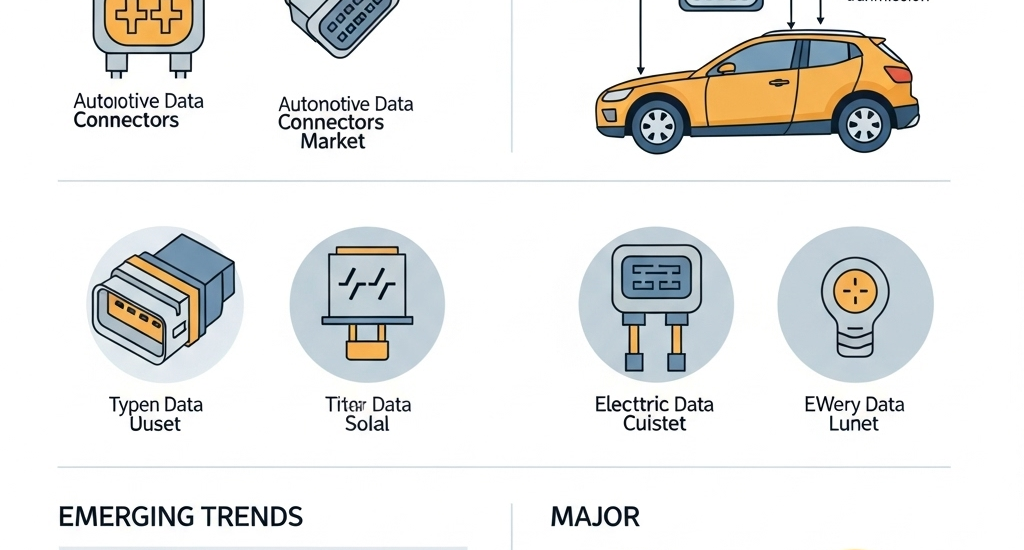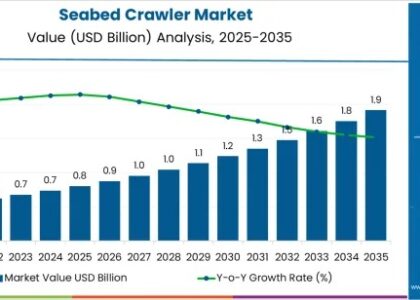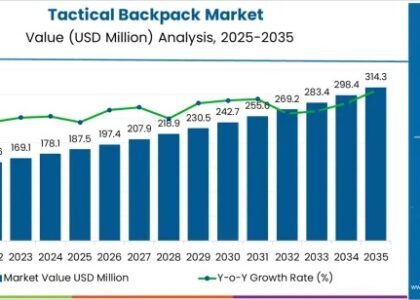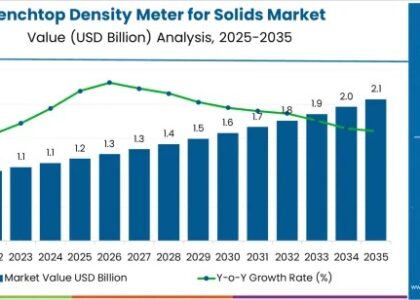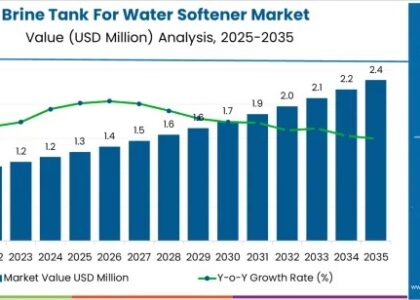The automotive data connectors market is expected to rise from USD 7.5 billion in 2025 to USD 13.9 billion by 2035. This significant increase reflects a CAGR of 6.4% during the forecast period. The growth highlights the critical role of connectors in the current automotive industry.
As vehicles evolve into data-driven machines on wheels, every component—from the engine to the infotainment system—is increasingly dependent on seamless communication. While much attention is focused on sensors, processors, and software, an unsung hero operates behind the scenes, ensuring that data flows precisely and reliably: the automotive data connector.
These compact yet critical components are enabling the rapid transmission of information across increasingly complex vehicle networks, forming the digital backbone of modern mobility. As electrification, automation, and connectivity continue to define the future of transportation, data connectors are playing a pivotal role in linking it all together.
Get Ahead with Our Report: Request Your Sample Now!
https://www.futuremarketinsights.com/reports/sample/rep-gb-22343
The Silent Enablers of Connected Mobility
Automotive data connectors serve as the physical interface for transmitting power, control signals, and high-speed data between systems. From advanced driver-assistance systems (ADAS) and powertrains to infotainment and telematics, these connectors support communication protocols that demand speed, reliability, and resistance to harsh automotive environments.
With vehicles housing dozens—if not hundreds—of electronic control units (ECUs), data connectors ensure synchronized performance across systems. They help deliver real-time updates, enable over-the-air (OTA) diagnostics, and support critical safety features, all while maintaining robust signal integrity and minimizing latency.
Built to Withstand, Engineered to Perform
Unlike consumer electronics, automotive environments demand components that can endure extreme temperatures, vibrations, and exposure to moisture or chemicals. Automotive data connectors are engineered to meet rigorous standards, ensuring stable performance over long lifespans.
Design innovations like shielded housings, miniaturized form factors, and sealed interconnects are enabling tighter packaging in space-constrained vehicles—particularly important as EV architectures place more emphasis on compact and lightweight components.
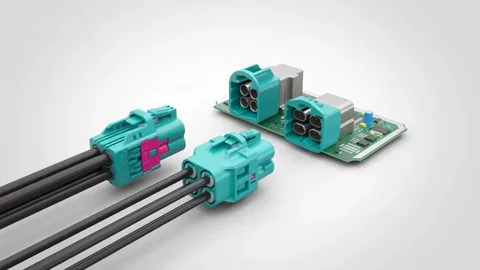
Driving the Shift to High-Speed Communication
As the volume and velocity of in-vehicle data surge, traditional connectors are being replaced or augmented with high-speed solutions. Protocols such as Ethernet, LVDS (Low-Voltage Differential Signaling), and SerDes (Serializer/Deserializer) are now becoming standard, especially in vehicles equipped with cameras, radar, and LiDAR systems.
These technologies require connectors capable of transmitting gigabit-level data with low interference—supporting real-time object detection, adaptive cruise control, and autonomous navigation features.
Empowering Electrification and Autonomy
Electric and autonomous vehicles are accelerating the demand for sophisticated data connectors. EVs require connectors that support both high-voltage power systems and complex battery management communications. Meanwhile, autonomous vehicles depend on a web of high-speed connections between perception systems, AI processors, and control units.
Data connectors must offer not only speed but also redundancy and fail-safe features to ensure reliability in mission-critical operations. The integration of fiber optics and multi-lane transmission is expanding to meet these high-throughput needs.
Navigating Challenges in Complexity and Standardization
As vehicles become more connected and software-defined, the demand for standardized, interoperable connector solutions is growing. Yet, with differing OEM requirements, vehicle architectures, and global compliance regulations, achieving uniformity remains a challenge.
Connector manufacturers must balance customization with scalability, offering modular solutions that meet diverse technical specifications without compromising performance or safety.
Thorough Market Evaluation: Full Report
https://www.futuremarketinsights.com/reports/automotive-data-connectors-market
Enabling the Software-Defined Vehicle
The future of the automotive industry lies in the software-defined vehicle—one where functions are increasingly decoupled from hardware and updated remotely. Data connectors are essential to this transformation, allowing seamless integration of digital features, diagnostics, and cloud-based services.
As vehicle architectures shift to zonal and centralized computing models, connectors are being reimagined to support fewer, faster, and more flexible data paths—streamlining both assembly and data management.
Small Components, Big Impact
Though easily overlooked, automotive data connectors are vital enablers of modern vehicle performance, safety, and intelligence. They bridge the physical and digital worlds—allowing vehicles to sense, communicate, adapt, and evolve.
In the race toward electric, autonomous, and connected mobility, the demand for robust, high-speed, and smart connector solutions will only intensify. Quietly working behind every display, sensor, and control unit, data connectors are not just linking systems—they’re linking the present to the future of automotive innovation.


